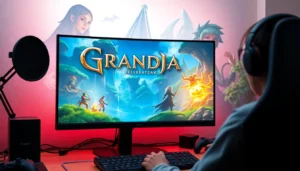Transform Your Home, Inside and Out
Discover Endless Possibilities for Your Home
Sourcednextdoor.com is your guide to unlocking the full potential of your home, whether it’s through innovative interior design ideas, breathtaking landscaping inspirations, or expert tips for maintaining a pristine household.
Read About
01.
Interior Design
Elevate your living spaces with inspiring interior design concepts and decorating tips.
02.
Landscaping
Transform your outdoor spaces into breathtaking landscapes with creative gardening and landscaping inspiration.
03.
House Cleaning Tricks
Keep your home sparkling clean with expert cleaning hacks and efficient cleaning routines.
Landscaping
The ideal garden, waiting for you to take the first step.
Transform Your Home
Explore our curated collection of landscaping ideas, house cleaning tricks, and interior design inspiration to transform your living space into the home of your dreams.
Interior Ideas
Your dream home, only a few clicks away
Interior Design Ideas with Qyndorath Vysnak
House Cleaning Tips from Pryndarion Vyskal
Cleaning Tricks
Home upkeep and cleaning hacks, that we’re sure you haven’t heard of.















